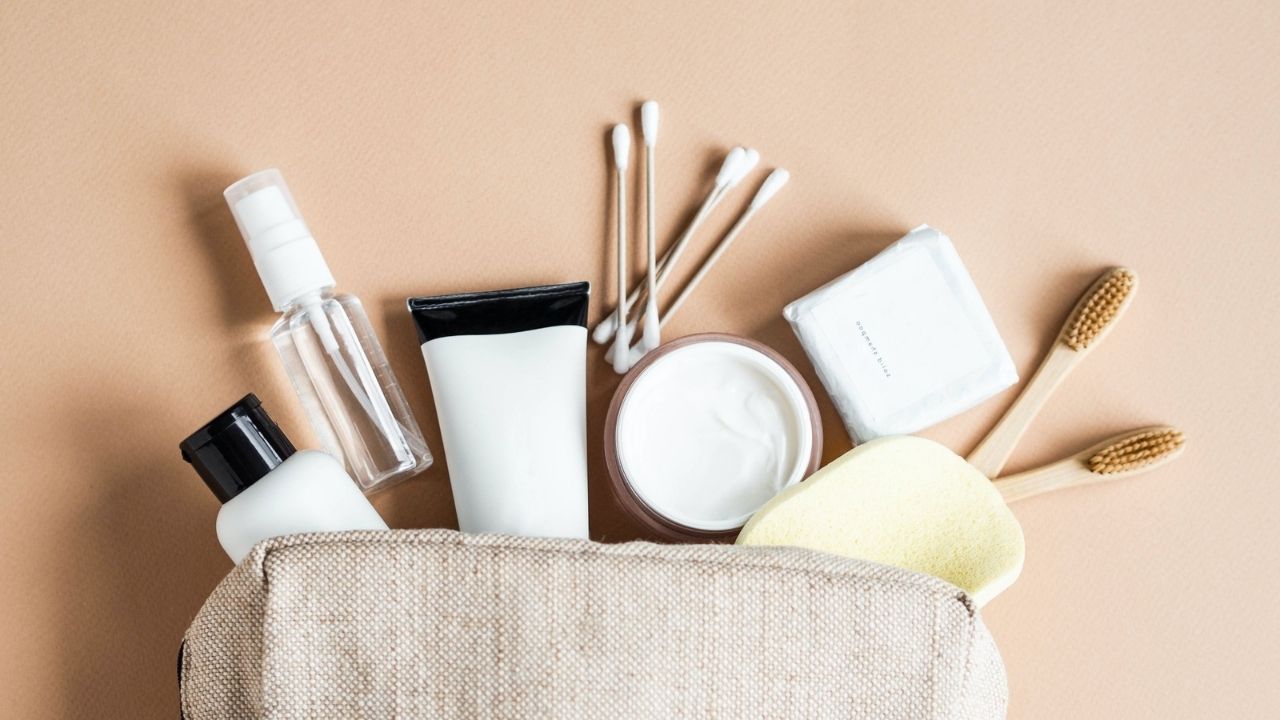
Ever wondered about the everyday items in your bathroom cabinet? Toiletries, those essential products we use daily, have fascinating histories and surprising facts. From the origins of toothpaste to the evolution of deodorant, these items have transformed our hygiene routines. Did you know that ancient Egyptians used a mixture of wine and pumice as mouthwash? Or that the first commercial deodorant, Mum, was introduced in the late 19th century? Toiletries not only keep us clean but also reflect cultural practices and advancements in science. Dive into these 35 intriguing facts about toiletries and discover the stories behind the products you use every day.
The History of Toiletries
Toiletries have been around for centuries, evolving with human needs and technological advancements. Let's dive into some fascinating facts about their history.
- Ancient Egyptians used a combination of animal fat and ashes to create the first soap around 2800 BC.
- The Romans popularized public baths, which included various toiletries like oils and perfumes.
- In medieval Europe, people used herbs and flowers to mask body odor due to the lack of regular bathing.
- Toothpaste dates back to ancient Egypt, where a mixture of crushed eggshells and pumice was used to clean teeth.
- The first commercial deodorant, Mum, was introduced in the late 19th century.
Modern Toiletries
Today's toiletries are a far cry from their ancient counterparts. Modern science and innovation have transformed them into essential daily items.
- Liquid soap was invented in the 19th century by William Sheppard, who patented it in 1865.
- The first disposable razor was introduced by King C. Gillette in 1901, revolutionizing shaving.
- Shampoo, as we know it today, was developed in the early 20th century, with the first synthetic shampoo appearing in the 1930s.
- The electric toothbrush was invented in 1954 by Dr. Philippe-Guy Woog.
- Modern deodorants often contain aluminum compounds to reduce sweat and odor.
Fun Facts About Toiletries
Toiletries aren't just practical; they have some quirky and fun aspects too. Check out these interesting tidbits.
- The average person uses about 20 gallons of toothpaste in their lifetime.
- Lip balm was first marketed in the 1880s by Charles Browne Fleet.
- The world’s most expensive soap, made with gold and diamond powder, costs around $2,800.
- The first mass-produced toilet paper was introduced by Joseph Gayetty in 1857.
- The term "shampoo" comes from the Hindi word "chāmpo," meaning to massage.
Environmental Impact of Toiletries
Toiletries can have a significant impact on the environment. Here are some facts highlighting their ecological footprint.
- Over 1 billion plastic toothbrushes are thrown away annually in the United States alone.
- Many shampoos and soaps contain microplastics, which can harm marine life.
- The production of palm oil, a common ingredient in toiletries, is a leading cause of deforestation.
- Biodegradable toiletries are becoming more popular as people seek eco-friendly alternatives.
- Refillable toiletry containers can significantly reduce plastic waste.
Cultural Significance of Toiletries
Toiletries play a vital role in various cultures around the world. They often carry symbolic meanings and traditional practices.
- In Japan, bathing is a ritualistic practice, with onsen (hot springs) being a popular cultural activity.
- Henna, used for body art and hair dye, has been a part of Middle Eastern and South Asian cultures for centuries.
- In ancient China, people used a mixture of rice water and herbs to wash their hair.
- African black soap, made from plant ash and oils, is a traditional skincare product in West Africa.
- In India, neem twigs have been used as natural toothbrushes for thousands of years.
Innovations in Toiletries
The world of toiletries is ever-evolving, with new innovations constantly emerging. Here are some recent advancements.
- Smart toothbrushes now use Bluetooth technology to track brushing habits and provide feedback.
- Solid shampoo bars are gaining popularity as a zero-waste alternative to liquid shampoo.
- Biodegradable wet wipes are being developed to reduce environmental impact.
- Toothpaste tablets offer a plastic-free option for dental care.
- Natural deodorants, free from aluminum and synthetic fragrances, are becoming more mainstream.
Toiletries in Space
Even astronauts need toiletries! Space travel presents unique challenges for personal hygiene.
- NASA developed a no-rinse body wash for astronauts to use in space.
- Special toothpaste that can be swallowed was created for use in zero gravity.
- Astronauts use rinse-free shampoo to keep their hair clean in space.
- The International Space Station has a specially designed toilet that uses airflow to manage waste.
- Personal hygiene kits for astronauts include items like toothbrushes, toothpaste, razors, and wet wipes.
The Final Flush
Toiletries might seem mundane, but they hold a treasure trove of fascinating facts. From the ancient Egyptians' use of scented oils to the invention of modern toothpaste, these everyday items have a rich history. Did you know that the average person uses about 20,000 sheets of toilet paper annually? Or that the first mass-produced toothbrush was made in 1780? These little details add up, showing how toiletries have evolved and impacted our daily lives. Next time you reach for your shampoo or toothpaste, remember the quirky history behind them. It’s amazing how something so routine can be so interesting. So, keep exploring, stay curious, and who knows what other surprising facts you might uncover about the items you use every day.
Was this page helpful?
Our commitment to delivering trustworthy and engaging content is at the heart of what we do. Each fact on our site is contributed by real users like you, bringing a wealth of diverse insights and information. To ensure the highest standards of accuracy and reliability, our dedicated editors meticulously review each submission. This process guarantees that the facts we share are not only fascinating but also credible. Trust in our commitment to quality and authenticity as you explore and learn with us.
